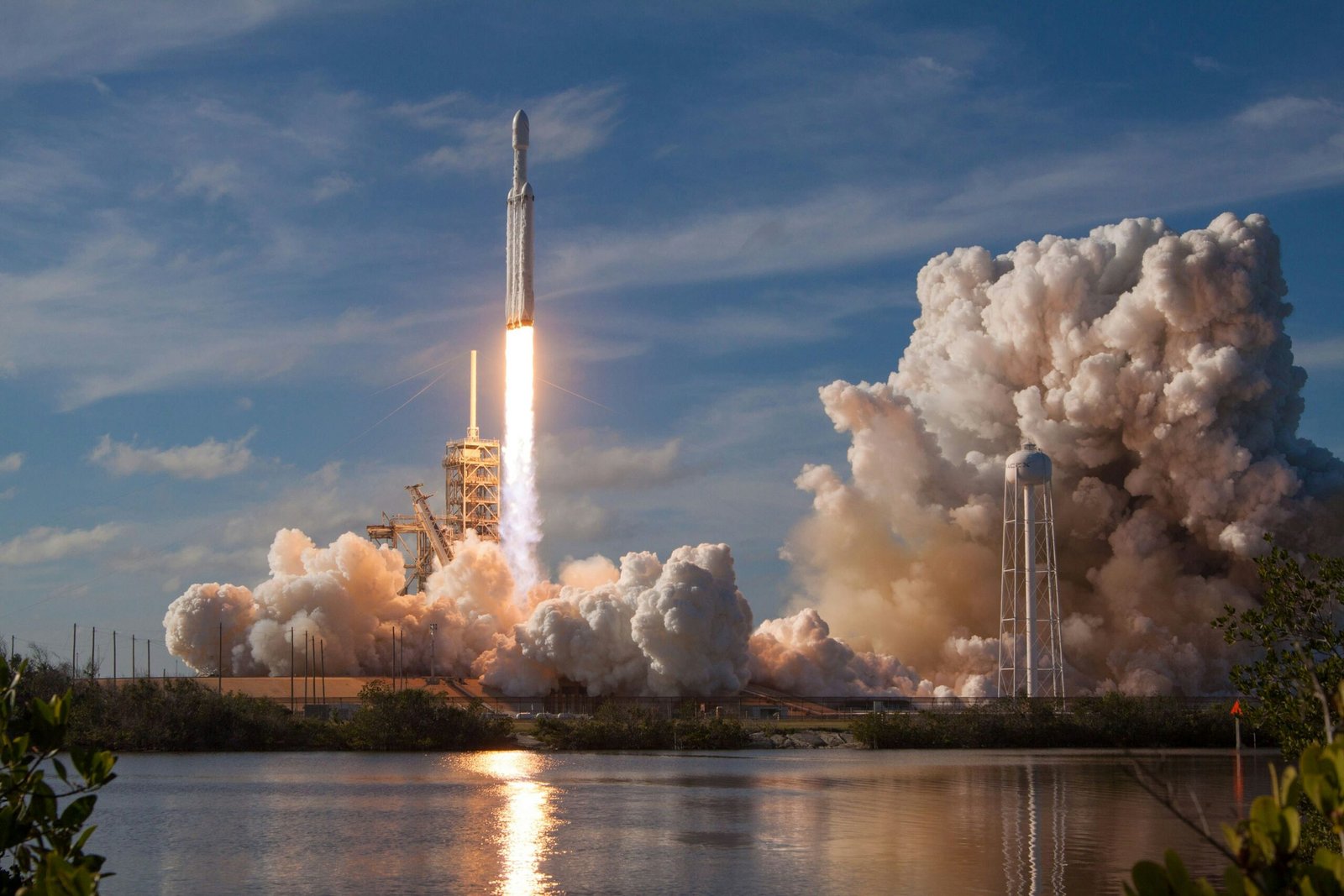Historical Context and Mission Overview
On May 28th, 1959, a pivotal moment in space exploration was marked by the successful mission involving monkeys Able and Baker. This event took place during the height of the Cold War, a period characterized by intense competition between the United States and the Soviet Union, particularly in the realm of space exploration. The space race was not merely a quest for technological superiority but also a demonstration of national prowess and ideological dominance.
The mission, officially known as the Jupiter AM-18, was a collaborative effort of the United States Army and NASA. The primary aim was to assess the physiological and psychological impacts of space travel on living organisms, thereby laying the groundwork for future human spaceflights. The monkeys, Able, a rhesus monkey, and Baker, a squirrel monkey, were carefully selected for their physiological similarities to humans.
The Jupiter missile, a modified intermediate-range ballistic missile, served as the launch vehicle for this groundbreaking mission. Equipped with a specially designed bio-capsule, the missile was tasked with carrying its primate passengers to an altitude of approximately 300 miles and a distance of 1,500 miles downrange. The mission’s scientific objectives included monitoring the effects of weightlessness, radiation exposure, and the overall viability of biological payloads in space.
Meticulous planning and cutting-edge technological innovations were central to the mission’s success. The bio-capsule was engineered with life-support systems to ensure the monkeys’ survival during the flight. Furthermore, telemetry systems were employed to transmit vital data back to Earth in real time. The safe return of Able and Baker proved that it was possible to send living organisms into space and retrieve them alive, thus validating the feasibility and safety of manned space missions.
This historic event not only underscored the United States’ advancements in space technology but also provided invaluable data that would inform future missions. The successful retrieval of the monkeys marked a significant milestone, offering a glimpse into the possibilities of human space exploration.
Impact on Future Space Exploration and Scientific Advancements
The successful mission of Able and Baker on 28th May 1959 marked a significant turning point in space exploration. This mission was instrumental in demonstrating that living organisms could survive the rigors of space travel, thereby paving the way for subsequent human space missions. The data and observations gathered during this pioneering experiment provided invaluable insights into the biological effects of space travel, influencing the design and safety protocols of future manned missions, including the renowned Apollo missions.
Able and Baker’s mission provided crucial information on the physiological and psychological impacts of space travel on living organisms. The findings revealed that exposure to microgravity and cosmic radiation did not have immediate detrimental effects on the health of the monkeys, thus providing a green signal for human spaceflight. This mission essentially laid the groundwork for the development of life support systems in spacecraft, ensuring that astronauts could survive and function effectively in the harsh environment of space.
Furthermore, the mission underscored the importance of rigorous pre-flight training and conditioning, which became a cornerstone of astronaut preparation in later missions. The success of Able and Baker’s journey instilled confidence in the scientific community and the general public, bolstering support for ambitious projects like the Apollo moon landings. The knowledge acquired from this mission also contributed to advancements in biomedical research, particularly in understanding how prolonged space travel might affect human health.
However, the mission also sparked ethical debates regarding the use of animals in space research. While the scientific benefits were undeniable, the moral implications of subjecting animals to potentially hazardous conditions were brought to the forefront. This led to the development of more stringent ethical guidelines and protocols for animal research in space, ensuring that such experiments were conducted with the utmost care and responsibility.
In conclusion, the 1959 mission of monkeys Able and Baker was not only a milestone in space exploration but also a catalyst for significant scientific advancements. By providing critical data on the biological effects of space travel, it helped shape the future of human spaceflight and underscored the ethical considerations inherent in such pioneering endeavors.

